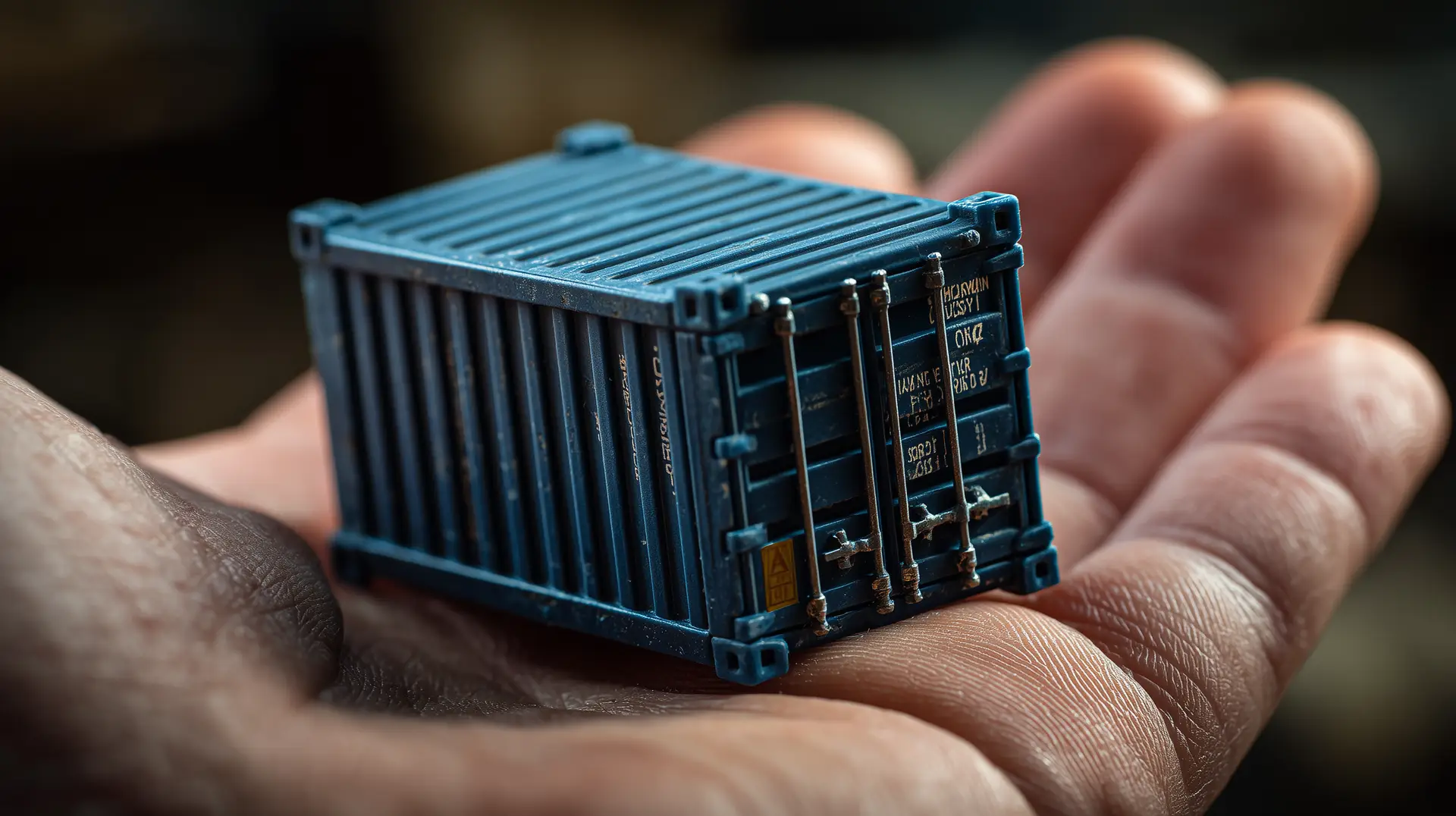To rent, or not to rent? That is the (very sensible) question.
You need a shipping container. It’s not a vague idea anymore – it’s a real, steel-walled necessity. But then comes the choice: do you hire it, nice and easy, or buy it outright and have it forever (and ever)?
It’s a bit like choosing between leasing a car or buying one. Except instead of boot space and seat warmers, we’re talking about vented doors, marine ply flooring and whether your garden can take the weight of a 2.2-tonne box.
This guide is here to break it all down for you – no jargon, no hard sell. Just plain facts, real numbers, and a few clever insights into how renting vs buying plays out over time.
Let’s face it: shipping containers are useful beasts. Whether you’re a construction company needing secure site storage, a school wanting temporary space, or a home renovator fed up with garden sheds made of soggy plywood, a container ticks a lot of boxes.
But here’s the rub – do you really need to own it?
Renting a container often sounds like the simpler option. Lower upfront cost, easy returns, no long-term commitment. Ideal if your needs are short-term or uncertain.
But buying? That can be a better investment, especially for long-term use or for modifying containers into offices, workshops, or even pop-up shops.
What you need is a clear-eyed look at:
- What each option costs
- How long until renting becomes more expensive than buying
- What you can (and can’t) do with each
- Common traps people fall into with both
Let’s compare apples with shipping-container-shaped apples. By the end of this guide, you’ll know exactly which side of the hire-or-buy fence you should be sitting on – and how Containerlift can help with both.
1. Cost Comparison: Upfront vs Ongoing
| Renting | Buying | |
| Upfront Cost | £130–£180/month | £1,500–£3,000 (one-off) |
| Delivery Fee | £150–£350 | £150–£350 |
| Collection Fee (when finished) | £150+ | £0 |
| Total Cost Over 12 Months | £1,800–£2,400 | Still just the purchase cost |
| Break-even Point | 14–20 months | N/A |
📊 If you’re using a container for more than 18 months, buying usually works out cheaper overall.
2. Duration: How Long Do You Actually Need It?
- Short-Term (< 1 year): Hiring is your friend. You won’t recoup the cost of buying.
- Medium-Term (1–2 years): It’s a toss-up. Calculate the total cost and consider resale value.
- Long-Term (2+ years): Buying wins. Plus, you can modify, repaint, and resell.
🔁 Don’t forget: if you buy from Containerlift, you can always sell it back later or have it relocated to another site.
3. Flexibility and Freedom
| Renting | Buying | |
| Can You Modify It? | Not usually | Absolutely |
| Can You Paint It? | No | Yes |
| Can You Add Power/Insulation? | No | Yes |
| Can You Relocate It Later? | Only with notice & extra cost | Yes, at your own pace |
Think of buying as “full control”. Hiring is more like Airbnb — great for temporary use, but not yours to play with.
4. Risk Management
With Renting:
- You’re not stuck with a long-term asset
- Maintenance may be included
- You can upsize/downsize easily
With Buying:
- Full responsibility for condition and upkeep
- But: No recurring costs, and you own the asset
- Potential for resale value
💡 TIP: Always ask Containerlift about container condition – whether you hire or buy, you want Wind & Watertight as standard.
5. Delivery & Collection
- Both options incur delivery charges.
- Renting also requires a collection booking – which costs and needs access.
- Buying is one delivery and done.
If you’re unsure about site access long-term (e.g. gates or landscaping changes), hiring might suit you better.
6. Tax & Accounting (for businesses)
- Renting: Fully deductible as an operating cost
- Buying: Can be capitalised and depreciated over time
- Businesses often opt to hire if they want to keep assets off the balance sheet.
Consult your accountant – especially if you’re a VAT-registered business or want to claim the full cost.

7. The Hybrid Approach
Why not… both?
- Start with hiring to test site layout and needs
- If it suits, Containerlift offer buy-out options to convert a rental into a purchase
- You can also swap or upgrade to a different size
It’s like test-driving a container before committing. And you won’t lose your initial spend.
CASE STUDY – From Hire to Buy: A Builder’s Real-Life Example (500 words
🏗️ Mark runs a small construction firm in Basingstoke. Initially, he hired two 20ft containers for an 8-month site build. Simple storage for tools and materials.
But as the project stretched and Mark took on more local jobs, he realised it made sense to buy the units outright – and even kitted them out with racking, lighting and a solar-powered CCTV system.
Mark’s quote:
“I didn’t want to commit upfront, but hiring made it easy. When we went to buy them, Containerlift even refunded part of the rental against the purchase. Win-win.”
The flexibility to switch from hire to buy gave Mark confidence, saved him over £800 in rental fees across the next 12 months, and gave him two permanent, secure storage units he could move site-to-site.
“Rent if it’s short-term. Buy if it’s long-term. Simple. But always talk to someone who’ll give you both options without the hard sell.”
Still weighing it up?
Let’s make it easy. Our team can quote for both rental and purchase, so you can compare apples with apples.
✅ No-obligation quotes
✅ Flexible terms
✅ Fast delivery across the UK
👉 Talk to the Containerlift Team




